International Mash-Ups: Japanese Desserts with a Brazilian Twist
International Mash-Ups: Japanese Desserts with a Brazilian Twist
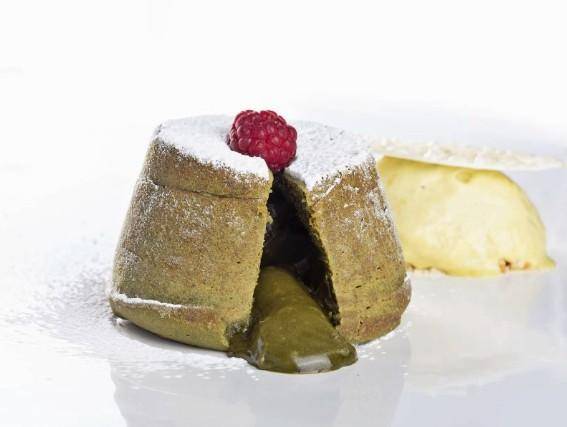
According to the Innova Database, three in five global consumers want to try new sensory experiences such as aromas, tastes, textures, and colours. And FMCG Gurus listed “Eat to Explore” as one of their top trends for 2024. Now is the perfect time to find inspiration in desserts and treats from other cultures.
Moreover, Japanese flavours continue to grow in popularity worldwide. In their January 2024 trends webinar, Datassential listed Japanese favourites such as mochi, shiso, hōjicha, toasted rice flour, yuzu, ponzu, and sunomono as dishes and flavours enjoying some time in the spotlight. They also noted that 77% of consumers reported being excited about trying new food and beverage trends in 2024.
“Third culture cuisine [the creation of new dishes and flavor combinations inspired by more than one culture] is unabashed, bold, tells a story, and creates an intercultural collaboration.”

An antique poster from Japan encouraging families to emigrate to Brazil.
The History of Japanese Food in Brazil
In the early 1900s, many Japanese people came to Brazil to work on coffee plantations there. As you might imagine, they found Brazilian food to be very different from the food they were used to at home - the textures, flavours, and ingredients were entirely new to them. Gradually, the Japanese workers began to find substitutes for the foods they were used to and adapt their palates and preferences to traditional Brazilian foods and ingredients. They also introduced new foods and methods of preparation to the Brazilian people. Starting in the 1980s, the popularity of Japanese cuisine began to grow rapidly. Today, you can see the influence of both cultures on a variety of foods. Let's take a look at some now!
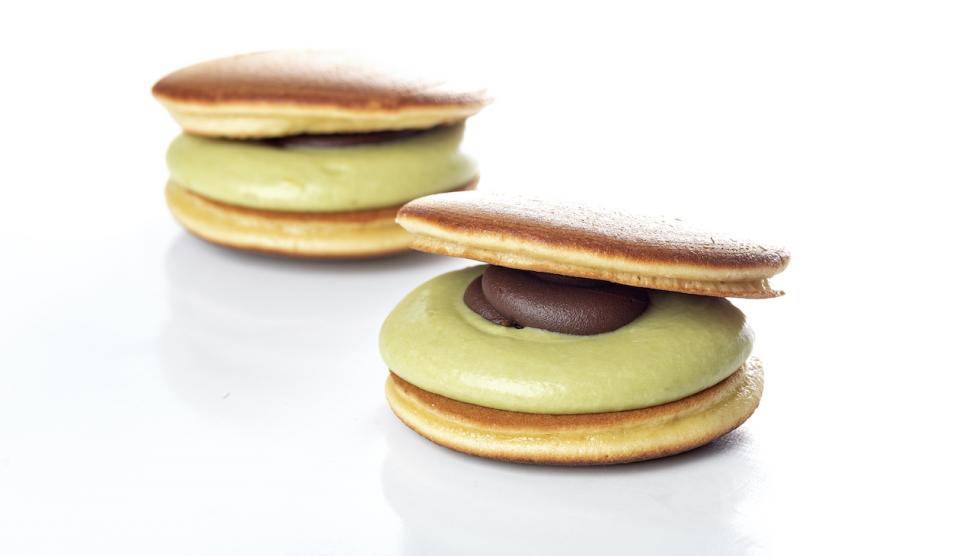
Dorayaki Matcha com Limão Siciliano/Matcha Dorayaki with Sicilian Lemon from Chef Mika Sakihama
Dorayaki
Dorayaki are a pancake-like treat from Japan, usually served in a sandwich form filled with red bean paste. The cake portion of the snack is based on castella cake, a popular Japanese cake containing sugar syrup. Those who’ve brushed up on their culinary history will know that castella, in fact, originated in Spain!
As you can imagine, this format lends itself to a wide variety of fillings. In Mika Sakihama’s recipe, the Dorayaki are filled with two ganaches - a ring of matcha and lemon ganache on the outside with a dark chocolate ganache in the centre. You’ll note that her recipe calls for Sicilian Lemon - a less acidic and juicer version of standard lemons with a higher concentration of flavorful oils in the skin - making this dessert truly international!
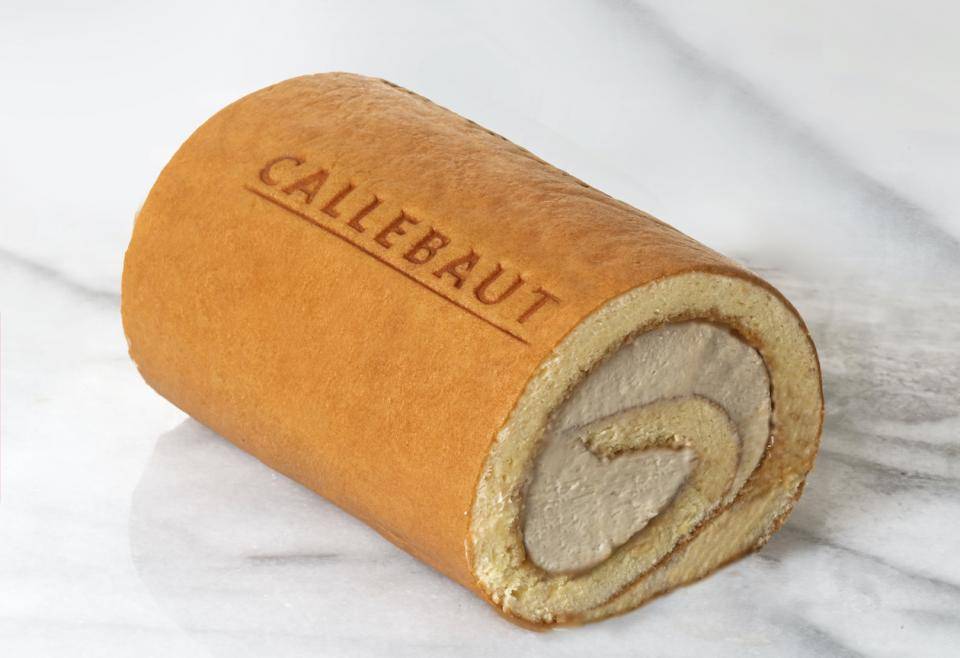
Swiss Caramel Roll from Chef Bertrand Busquet
Swiss Roll
Fun and fluffy rolled cakes have been popular in Japan for decades. The cake itself is often similar to the well-known castella cake seen in Dorayaki. You’ll note that these cakes are typically called Swiss Rolls, adding another layer of international influence!
Chef Bertrand’s recipe uses a light Callebaut Gold Ganache for an extra-luxurious effect.
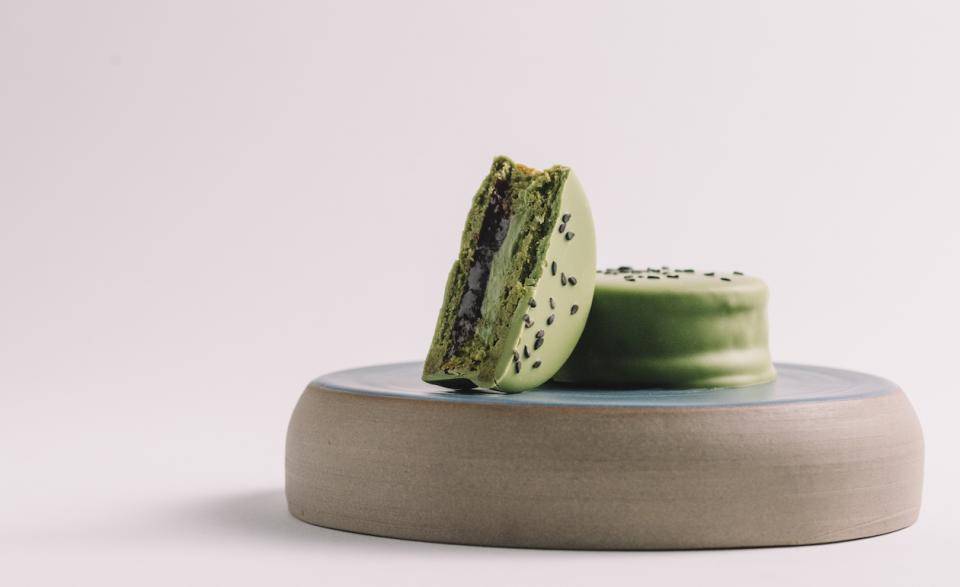
An Alfajor Lost in Translation by Chef Luis Robledo
Alfajores
Alfajores are found throughout South America and traditionally feature dulce de leche and coconut, but as tastes have expanded, so have filling options! For a fun twist, Chef Luis Robledo’s “Alfajor Lost in Translation” takes this traditional Brazilian treat and gives it a Japanese twist. His Matcha Alfajores are filled with matcha ganache and morello cherry confit.
The combination of flavours and textures in these Alfajores will make them welcome anywhere they go!
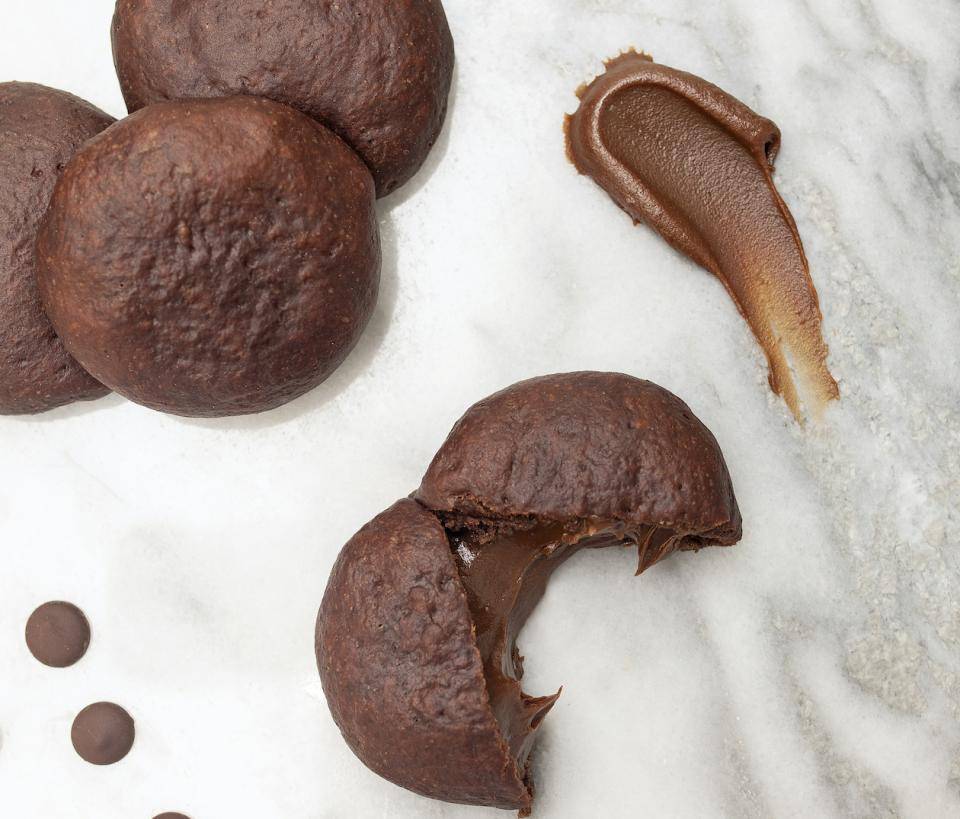
Manju de Brigadeiro by Chef Cesar Yukio
Manju
Manju are another traditional Japanese treat that often feature sweet red bean paste (anko). While many Japanese sweets are made with rice, Manju, like Dorayaki, are made with flour. They are cooked by steaming rather than baking.
Cesar Yukio gives us a Brazilian take on traditional Manju by filling them with brigadeiro. A little cacao powder in the manju dough makes these a double-chocolate treat.
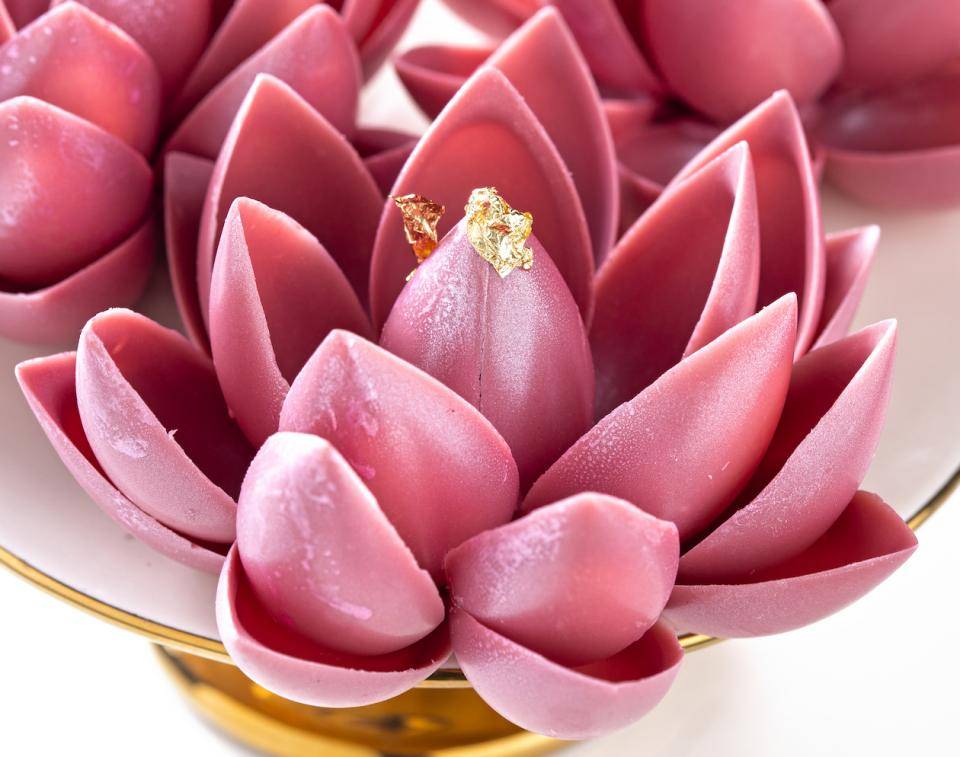
Ruby Chocolate Lotus Blossom by Chef Renata Arassiro
Lotus Blossoms
The lotus flower symbolizes enlightenment and purity in the Buddhist religion, and it can often be found in ponds near temples and shrines in Japan during the summer.
Renata Arassiro of Renta’s Artisan Chocolates in Brazil creates Japanese-inspired lotus blossoms out of chocolate. This edible artwork would look lovely on top of a cake or as the centrepiece of a bonbon assortment. Chef Renata uses what are effectively large bonbon shells to create the petals, then arranges them to form the lotus blossom, securing the petals with tempered chocolate. A little shine from a dusting of gold powder or accenting with gold leaf adds a touch of luxury.

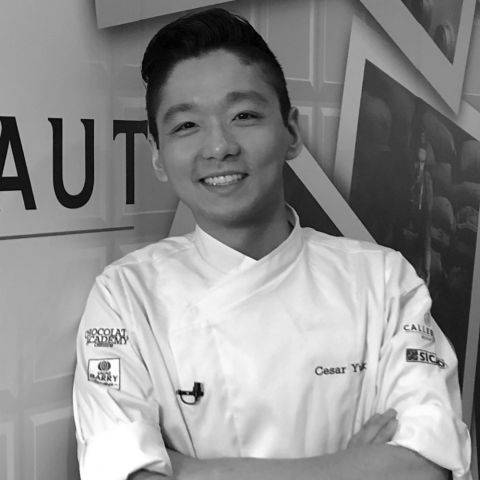

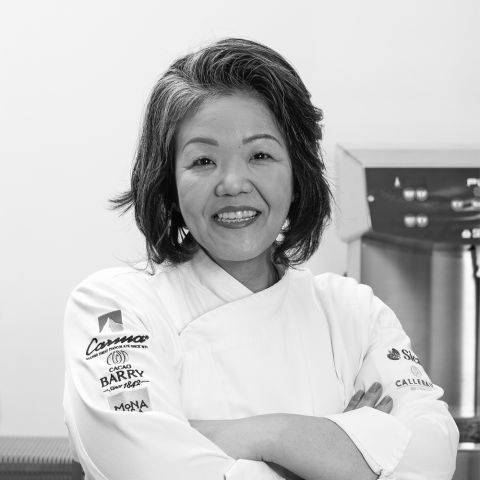
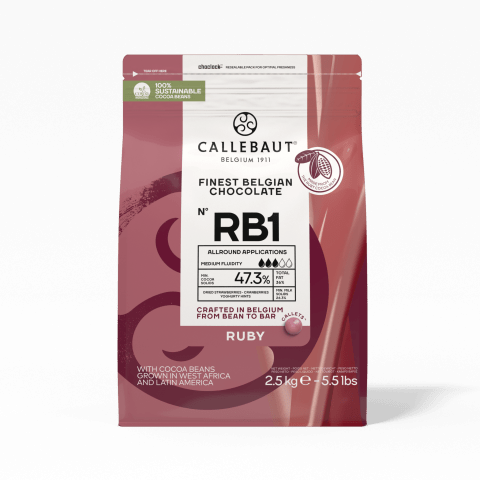

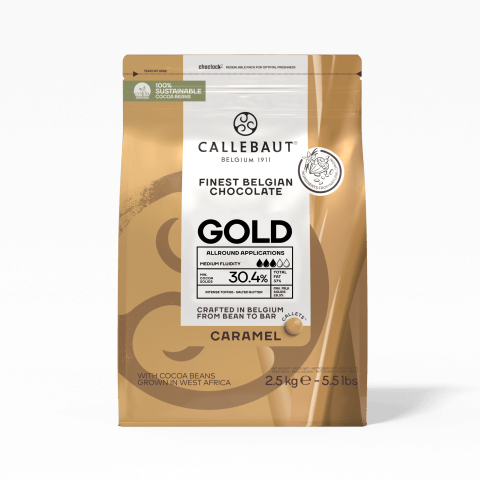

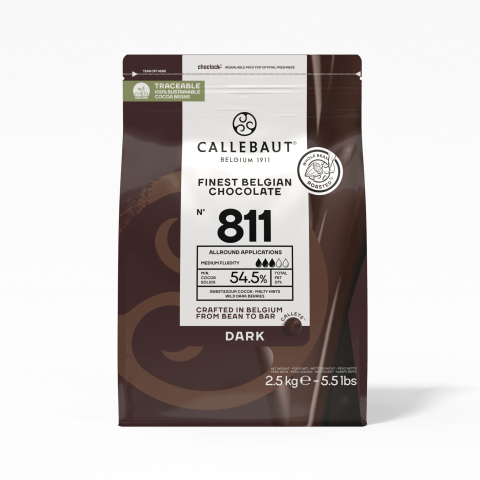
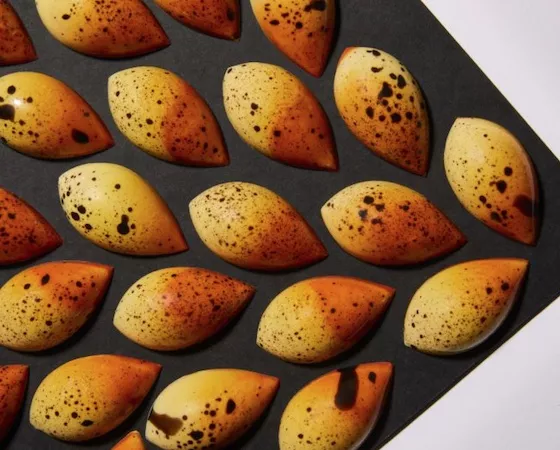
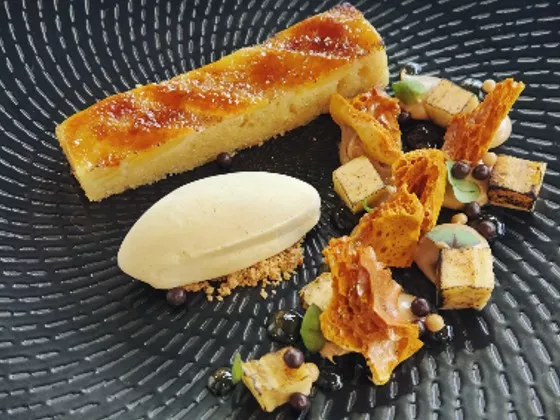
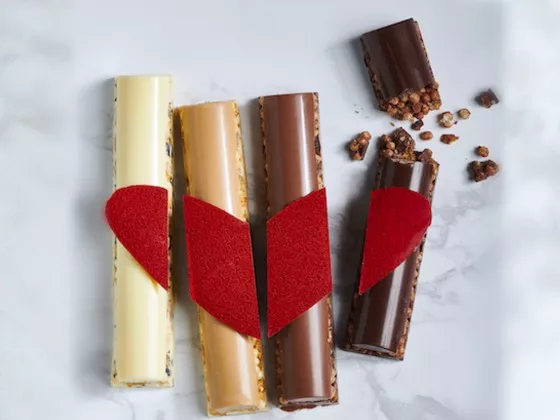
Comments